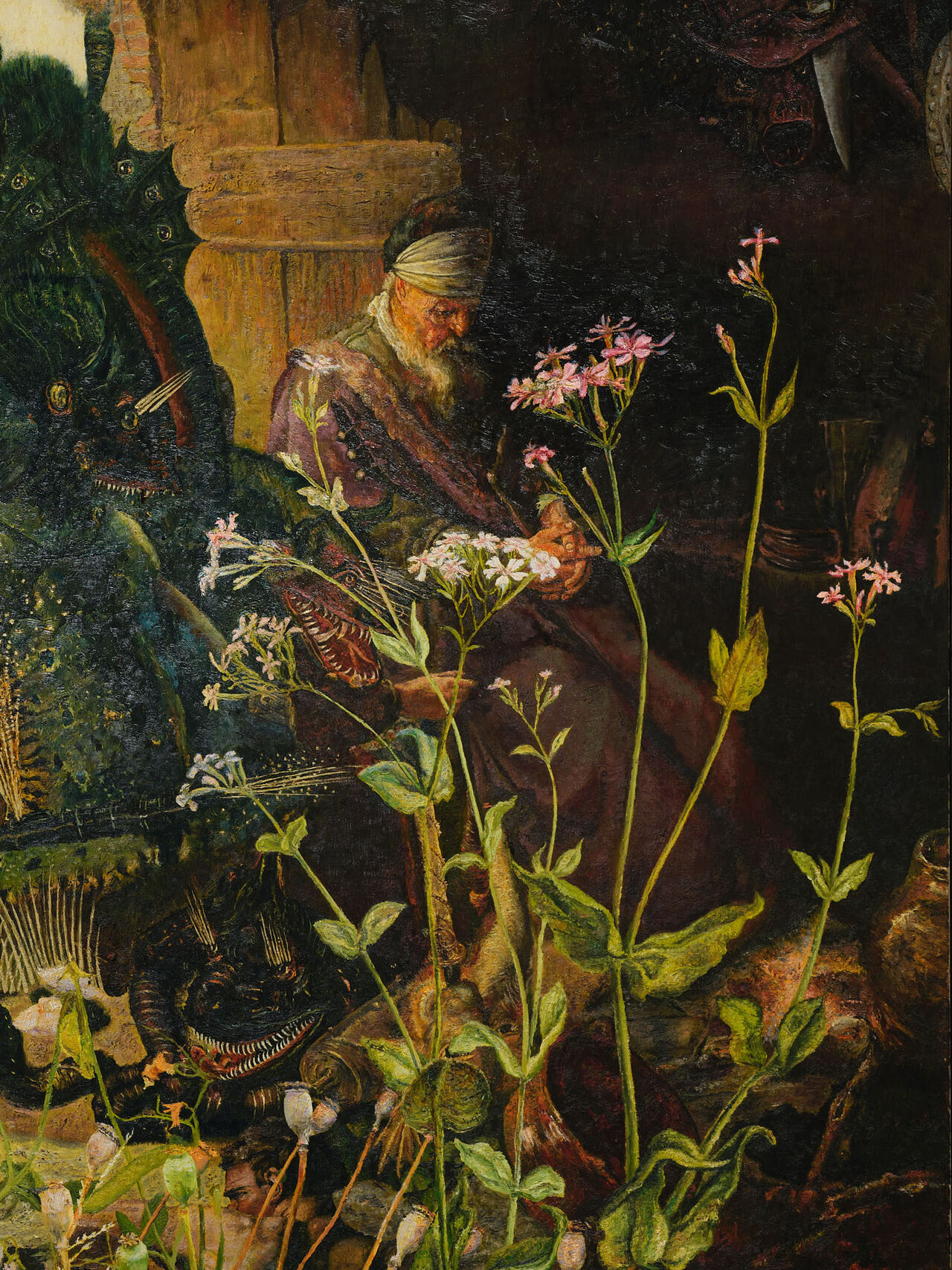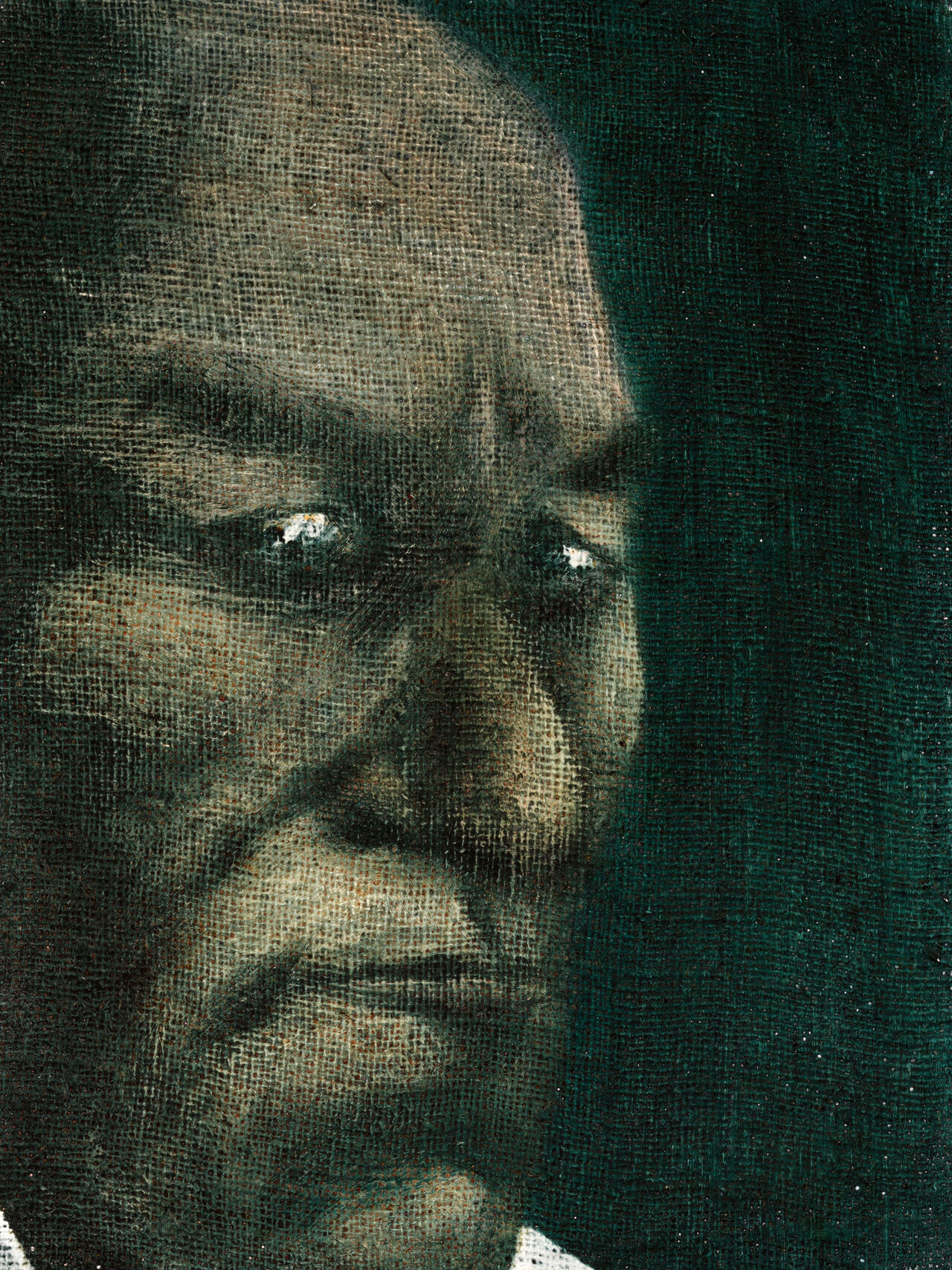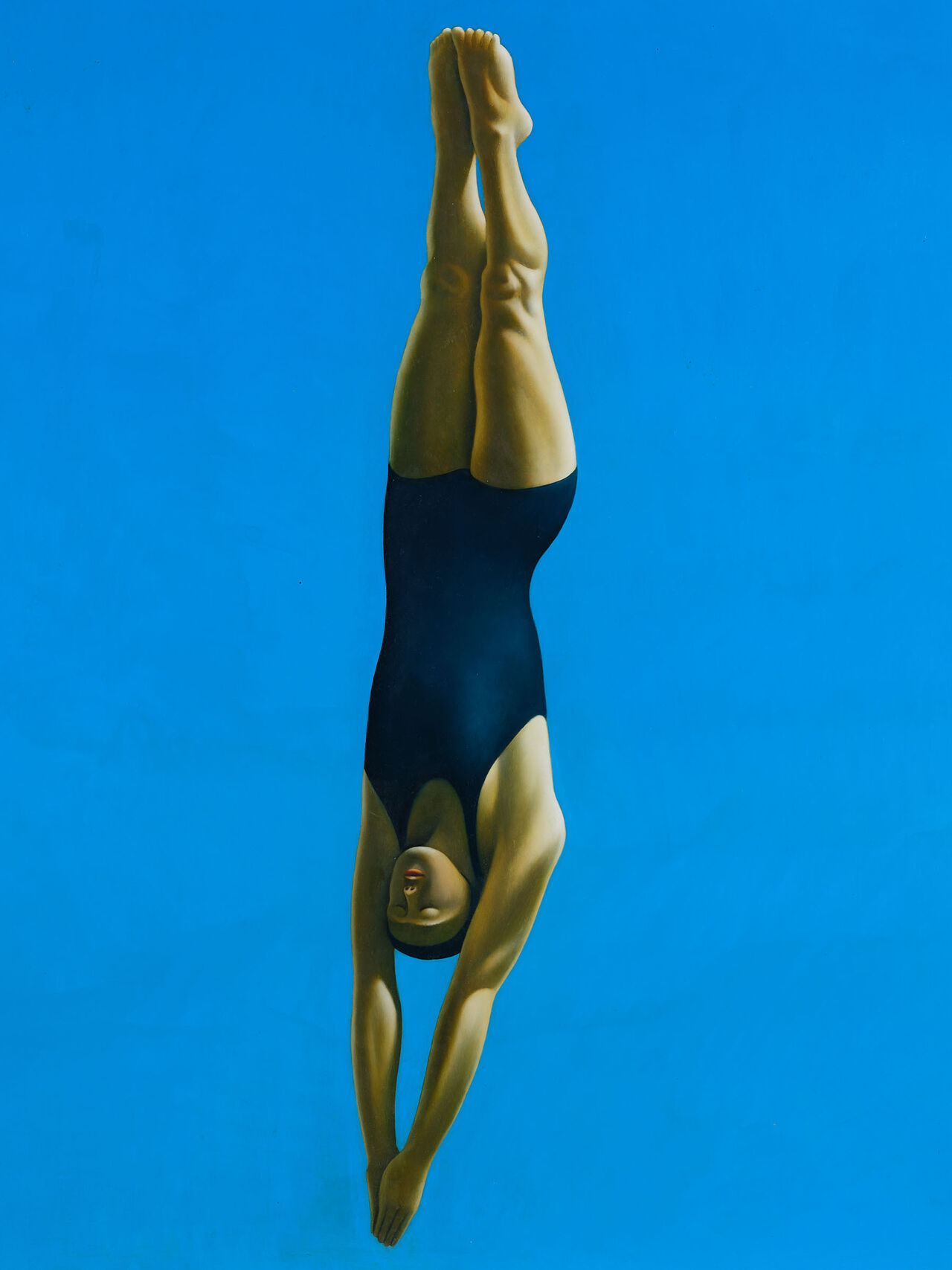Don Binney 'Summer Fernbird III'
Kriselle Baker
Essays
Posted on 5 August 2025
In the 1960s, fresh out of the Elam School of Fine Arts at the University of Auckland, and still only in his twenties, Don Binney had extraordinary early success. He was, for a time, the golden boy of the New Zealand art world. Then, as often happens, tastes changed and his work fell out of favour for a time. More recently, his paintings have once again become highly sought after.
The beautiful blues and greens of Binney’s bold, stylised landscapes and birds refer back to what we now perceive as a more pristine, although threatened, landscape. Less marked by industry and development. The 1960s saw the emergence of a passionate conservation movement in New Zealand, which adopted Binney’s work as emblematic of their cause. Binney was also an amateur ornithologist and for his entire life remained dedicated to the area in which he lived on Auckland’s west coast at Te Henga (Bethells Beach) on the edge of the Waitākere Ranges.
A painter, printmaker, and teacher, he was a significant presence in the art world. Although of a somewhat ‘mercurial’ nature, he was ‘eloquent and forthright.’ Greg O’Brien, in writing about his early career, noted ‘He was fantastic looking….He’d just married Judith Binney, his first wife, and she was beautiful, and they were a star couple, a golden couple. ’
Summer Fernbird III, 1966, is an exquisite example of Binney’s early work and his preoccupation with the environment – the clear light and sharp outlines of an unsullied landscape, the fluid presence of a delicately composed bird, and a sense of spiritual ease.

The bird in the painting is the rare mātātā or fernbird. A small, almost flightless, long-tailed songbird. The long, loosely barbed tail feathers that often give it a tattered appearance are depicted here as an elegant curve, simplifying and refining the bird in the same way the landscape is simplified and refined.


